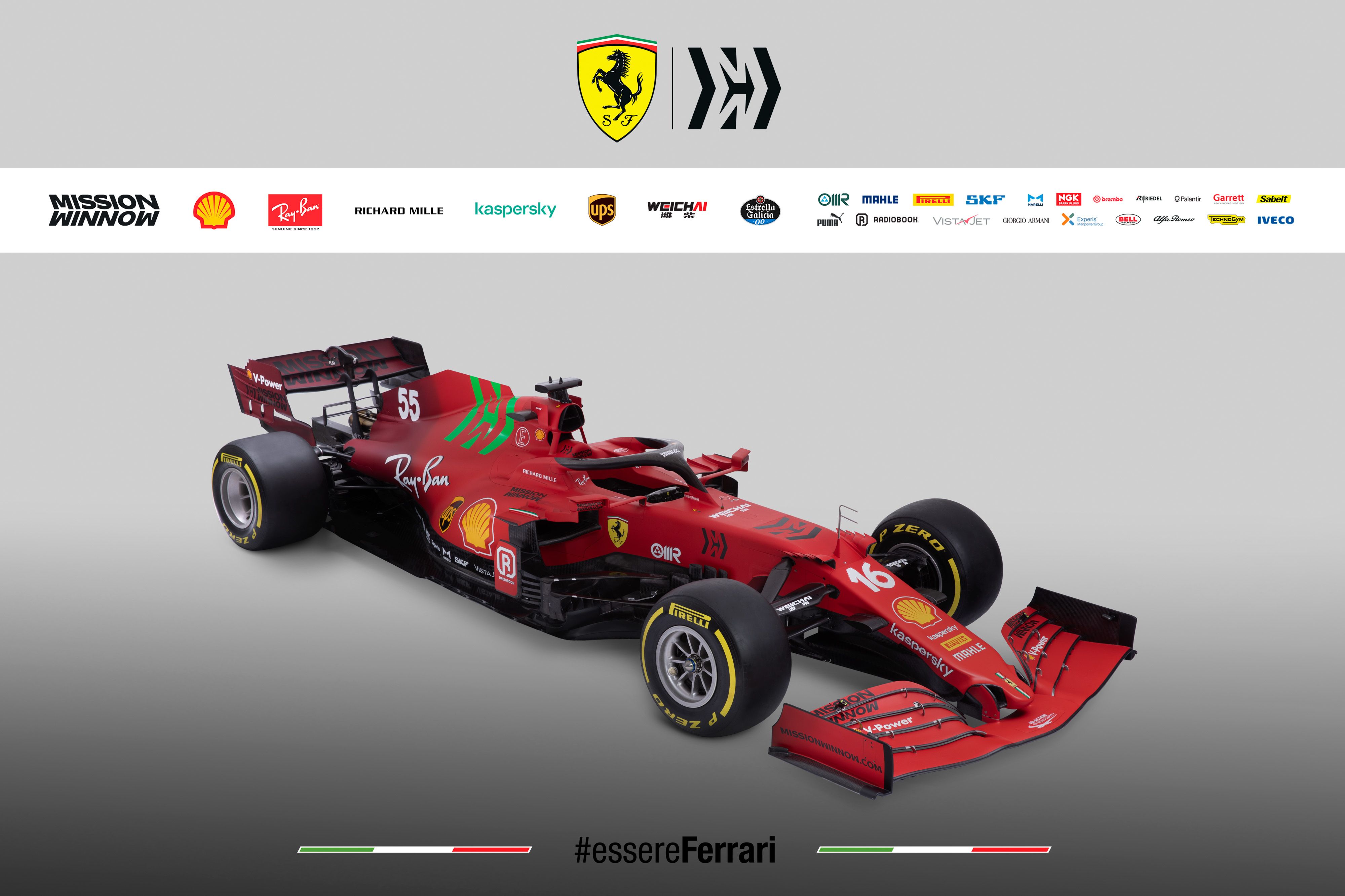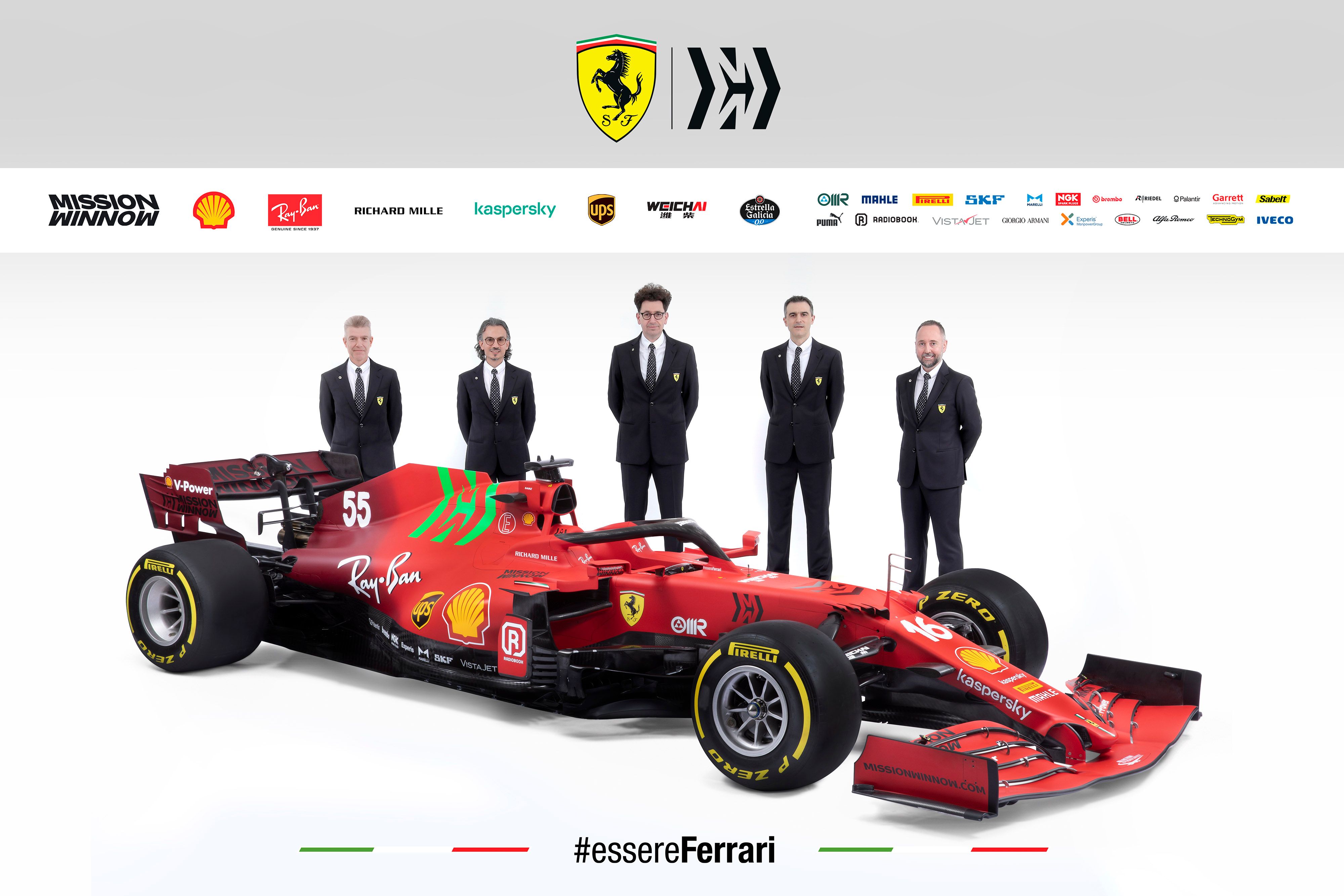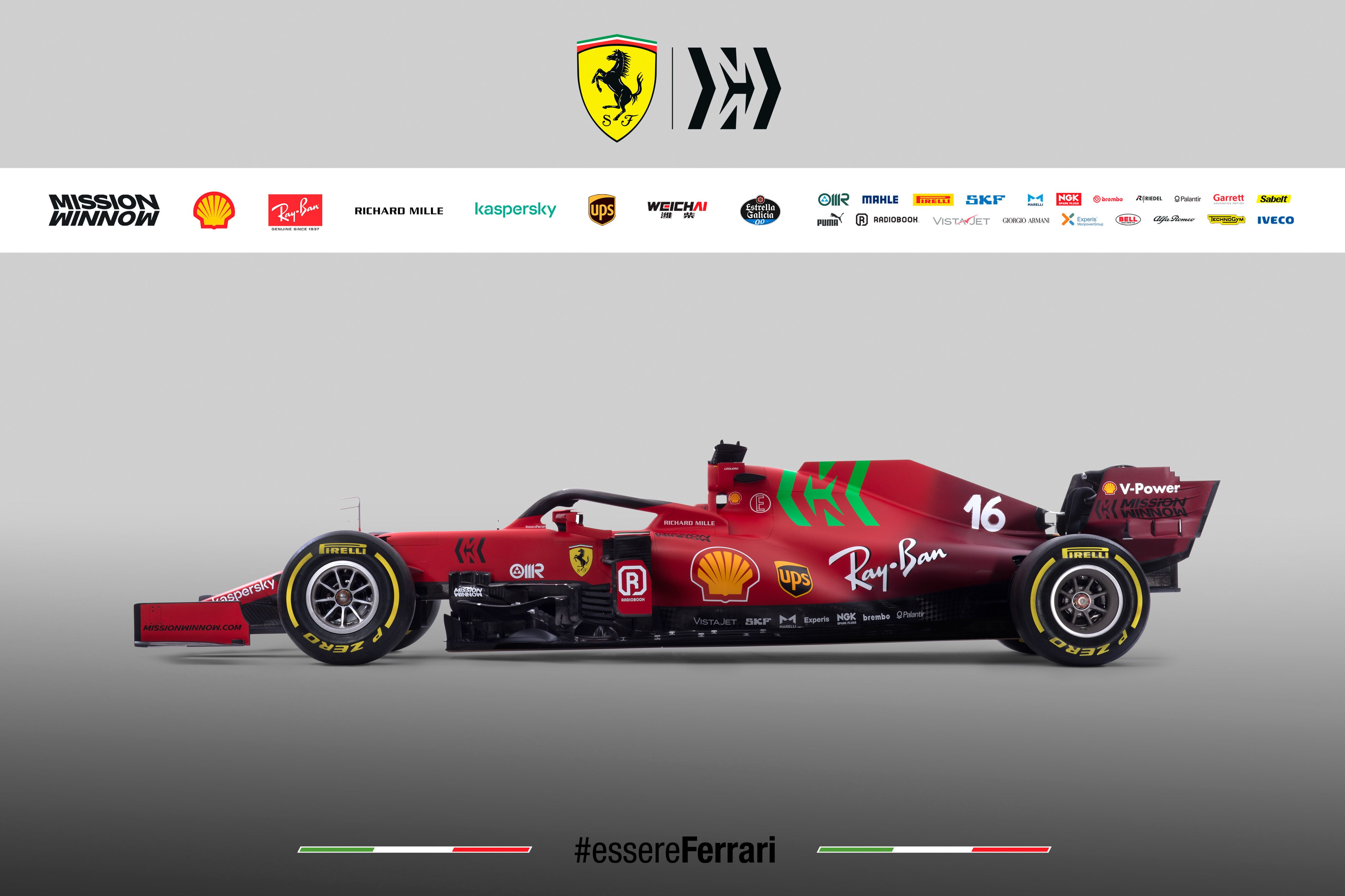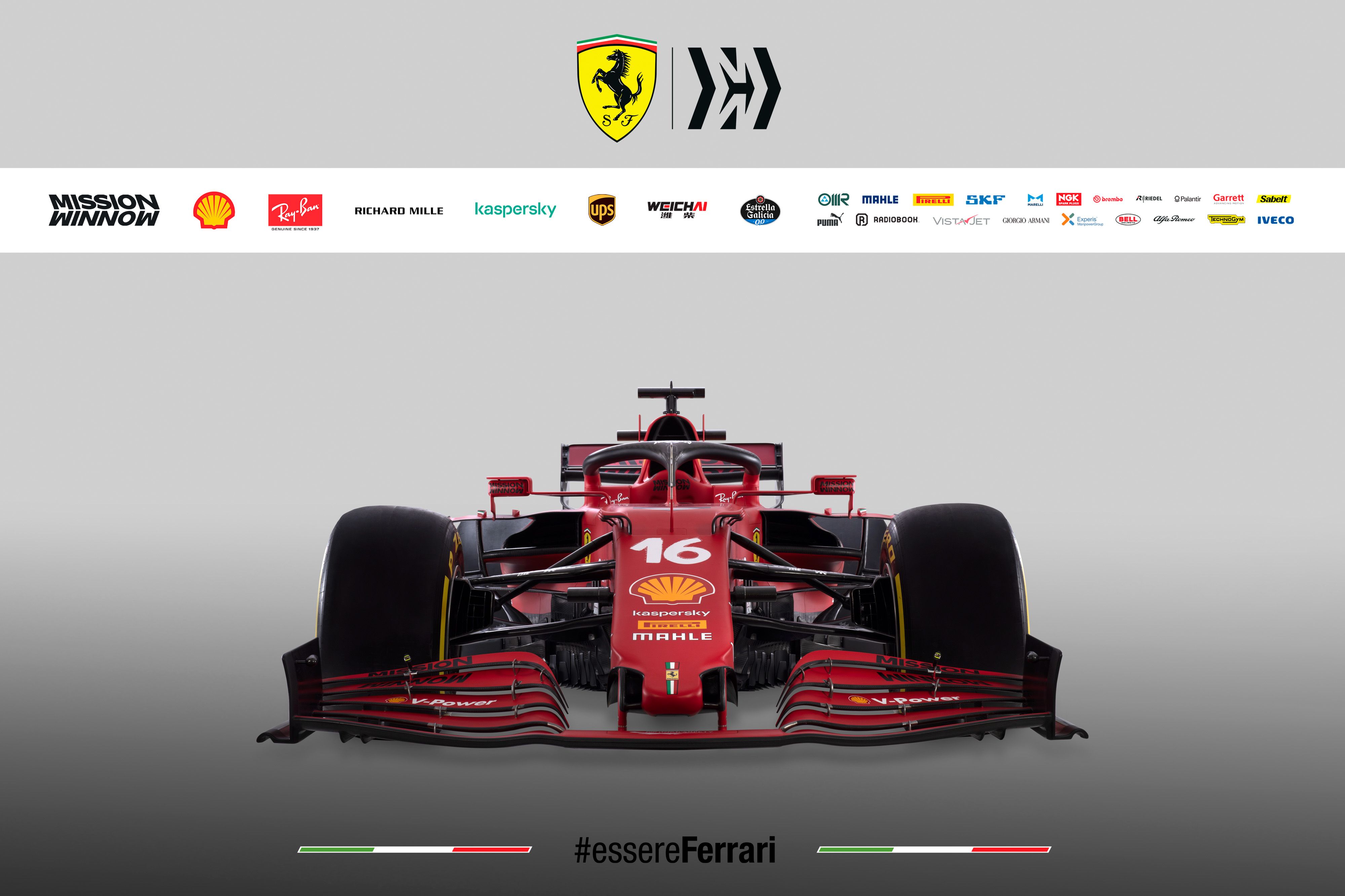Ferrari, the most powerful brand in the automotive world - and, perhaps, the world as a whole - has only competed in full, factory-backed capacity in Formula 1 for the past 48 years. Now, with the birth of a new set of regulations at the sharp end of the FIA's World Endurance Championship, the planets aligned for the Prancing Horse to return at Le Mans with the intent to win the race overall. But we'll have to wait until 2023 for the new car to debut.
Ferrari decided to build a Le Mans Hypercar
How many times has Ferrari said, more or less directly, that it considers a return to the 24 Hours of Le Mans with a car capable of winning the event outright? Last time a prototype displaying the name of the Maranello-based constructor graced grid of Circuit de la Sarthe, everyone was bracing for Y2K and Audi had *zero* wins to its name. Porsche had just won its 16th. Now, Porsche's boasting with 19 wins and Audi with 12. Both will be back in 2023 and so will Ferrari.
A few clicks on the world-wide-web delivers us to the answer to a much-repeated question: how many decades separate us from Ferrari's last win at Le Mans? While its 'Corse Clienti' department that builds GT cars for wealthy privateers is going on full steam for almost two decades, it's been over *five* since the drivers of a Ferrari, any Ferrari, stood atop the highest step of the rostrum at Le Mans.
The news of a Ferrari return has been making the rounds ever since the marque departed the scene and, at the peak of the now-defunct LMP1's popularity, many thought Ferrari could join Toyota, Audi, Porsche, and Nissan with a hybridized monster. Then, over half a decade later, the advent of the Hypercar rules sparked a new wave of rumors centered around Ferrari's return. This time around, however, there was some fire accompanying the smoke as Maranello's men took part in the round-table discussions that helped shape up the current set of rules.
Here at TopSpeed, we've dedicated ample editorial space to discuss the current atmosphere in the world of long-distance racing, including the return of Peugeot (also with an LM Hypercar), the introduction of Toyota's own hypercar, and we've also taken a look at who will drive these undoubtedly impressive machines. But, if you're in a rush, here's a short run-down of everything you need to know about these so-called 'Hypercars'.
What's a 'Hypercar' again?
First off the bat, they aren't hypercars. The only model that was supposed to be based on a production hypercar was Aston Martin's Red Bull-developed Valkyrie but the British automaker has pulled the plug on that project and has recently unveiled its new-for-2021 F1 car. While it's true that Toyota (and Glickenhaus) will most likely sell a road-legal version of their Le Mans contenders, these cars are merely linked to the race cars and do not act as the starting point for the race cars as is the case in the GT ranks.
They are, however, slightly less alien-looking but still look a lot like the old P1 cars or, if you wish, the American DPi machines. They're powered by a combination of an internal combustion engine and a battery-powered motor-generator unit.
Toyota and Peugeot have already pledged to go down this road but American Jim Glickenhaus has already built his car around a different concept as the rules also allow for non-hybrid cars. His Pipo-engined SCG 007 will, thus, be RWD only.
There's even more freedom to be had as the Hypercars are wider and longer than the old P1 cars and there's no cap on the ICE's capacity. The chassis, as well as the electrical system, must be bespoke and this here is what sets the brace of hypercars apart from their LMDh peers. LMDh refers to the Le Mans Daytona Hybrid class (the 'h' hasn't been explained but we think it stands for hybrid) which will run within the same top class as the Hypercars in the FIA WEC from 2023 onwards.
LMDh cars make use of LMP2-spec chassis from one of the four chosen manufacturers (as has been the case with DPi cars since 2017) and their own hybrid system is also spec. Porsche, Acura, and Audi will line up on the grids of the world with such cars that, however, will feature manufacturer-specific bodywork to make them unique from one another (freedom of body design is something that LMDh and LMH have in common, as well as the maximum power output of ~950 horsepower combined).
Why did Ferrari choose the Hypercar path?
In early 2020, Ferrari admitted that, if it were to go prototype racing with an LMDh, the costs would barely surpass what it currently takes to back Amato Ferrari's effort in the FIA WEC's GTE-Pro category. There, the long-standing AF Corse squad has been fielding two cars ever since 2012 when the championship rose from its own ashes following a 20-year hiatus. The pair of 458 GTEs and, more recently, 488 GTEs have been successful in winning both the world title for GTs and the 24 Hours of Le Mans, but people still talk more about the overall winner.
A Ferrari, Coletta further explained, must be a Ferrari. It can't be an ORECA sporting a Ferrari badge (see Alpine's re-badged ORECA-built Rebellion LMP1 car that will be grandfathered into the Hypercar class this year). Porsche, on the other hand, is no stranger to offering support to a car not designed by Weissach's own. After all, it was a TWR-designed tub that won the 24 Hours of Le Mans in 1996 and 1997 with only the engine coming from Porsche. That car, the TWR-WSC95, was, originally, a Group C Jaguar XJR-14 before being converted by Joest for use in the World Sports Car formula.
Another element that helped Ferrari make up its mind on its sportscar future was the F1 budget cap. Under the new rule, aimed at reducing the astronomical costs of running a Formula 1 team, everyone must comply with a yearly $145 million cap on spending. The cap comes into effect this year but there's a caveat: "no fewer than 20 different lines on a team's budget are excluded from the $145 million figure," according to Autoweek. In any case, there will be less money to be spent in F1 and this also means some engineers have been freed from the F1 program and may be slotted over to the prototype program. A Ferrari spokesperson was adamant to point out that the two programs are 'not connected' as the LMH operation will be carried out by the GT department entirely. The timing, though, makes one question the validity of that statement.
After all, none other than F1 Team Principal Mattia Binotto told the press in 2020 that Ferrari may have "to look at further other options for deploying our racing DNA," following F1's decision to lower the cap from $175 million (as agreed upon in 2019) to just $145 million. To add insult to injury, by 2023, the cap will sit at just $135 million. It is precisely because of the budget limitations that Ferrari also entertained the idea of diving headfirst into the world of Indycar. Roger Penske would've loved to have a third manufacturer alongside Chevy and Honda but, alas, Ferrari has once again ditched its American open-wheel racing plans and will rekindle its long-abandoned relationship with prototype racing.
Ferrari's heritage in endurance racing
In the meantime, Enzo's squad made its mark on F1. Debuting in F1 in 1950, Ferrari scored its first World Championship win in 1951 before Alberto Ascari took back-to-back titles in the 500 F2 in 1952 and 1953. The year of 1953 was one of total domination for Ferrari as the marque also took the title in the World Sportscar Championship although Le Mans fell in the hands of Jaguar. Armed with disc brakes and a new car in the revolutionary D-Type, Jaguar was favorite to win in 1954 too and the Britons would have pulled it off had it not been for Froilan Gonzalez, the Mexican behind Ferrari's first F1 victory piloting amazingly in the wet to win with the 375 Plus, an unruly beast of a car.
Jaguar's golden age followed with three wins on the trot for the D-Type, although, in truth, Mercedes-Benz had it firmly in the bag in 1955 before Levegh's tragic and fiery exit prompted Alfred Neubauer to withdraw his men from the race. 1958 delivered the first win for the famed 250 Testa Rossa platform as well as the first for the reputable duo of Olivier Gendebien and Phil Hill. America's first F1 World Drivers' Champion was still two years away from notching up that achievement but his record shows he felt best in the confines of a sports car as did Belgium's Gendebien.
The duo was back to win again in 1961 and 1962, Gendebien winning with Paul Frere in 1960. In 1963, the first six cars at the finish were all Ferraris, the red freight being led home by the Scarfiotti/Bandini Ferrari 250P, the first Ferrari to have the engine in the middle. Jean Guichet and Targa Florio specialist Nino Vaccarella won in 1964, the year of Ford's debut with the GT40, and it was Masten Gregory and future F1 WDC Jochen Rindt who came out on top in a race of attrition in 1965. And that was it.
Simply put, Ford's might was too big to topple, Henry Ford II's millions of dollars too many for Maranello to cope and, beautiful as they were, the 330 P3 and then the 330 P4 fell short of their objective. John Surtees had his part to play in their failure as the Briton, a champion with Ferrari in F1 in 1964, abruptly left the Scuderia just before the 1966 edition of the 24 Hours of Le Mans kicked off. The end result of a number of rows with team boss Eugenio Dragoni, Surtees' exit not only axed Ferrari's chances in the 1966 F1 season but also in sports cars.
Left with Scarfiotti, Parkes, and Bandini (who was Dragoni's tip for the next Ferrari F1 champ and the source of many quarrels between Dragoni and Surtees), Ferrari couldn't stop Ford's armada and also fell behind in F1. The 312P of 1969 was surely fast but failed to deliver and then it was time for the hastily put-together 512S to shine. Only it never did, buried under the boot of Porsche's 917. No works cars showed up in either '71 or '72 and, finally, a second-place was all the three-liter 312PB could muster in 1973.
That same year, Ferrari fared terribly in F1 and its new recruit, Niki Lauda, wanted things to change if he were to bring back Maranello from its slump. Luca di Montezemolo listened and shifted Ferrari's focus away from sports cars, which had been eating up much of the company's resources since the '50s as Enzo believed sports car victories sold more cars than F1 success could. On the one hand, di Montezemolo's decision helped Ferrari climb back up the ladder and Lauda became champion in 1975 and 1977, Scheckter too taking home the trophy in 1979. On the other, however, it meant that Ferrari stepped firmly away from long-distance racing.
It wasn't until the mid-'90s that a Ferrari-badged prototype was once again to be found in the Place des Jacobins. The 333SP was born for the customer market in the wake of the new WSC regulations. Momo founder Gianpiero Moretti, whose first big contract saw him design a wheel for Surtees' 1964 F1 car, enjoyed a special relationship with Enzo Ferrari himself and Ferrari as a whole. As such, when Moretti came knocking, after years of driving Porsches, and asked for a Ferrari prototype, Ferrari listened.
Both Piero Ferrari and Gian Luigi Longinotti-Buitoni, Chief of Ferrari North America, were keen to make a car for the American IMSA series (since the US was Ferrari's biggest in terms of road car sales) and it was Gian Paolo Dallara together with Tony Southgate that designed the body. Ferrari engined master Mauro Rioli made sure that the N/A V-12 engine that came straight from the F50 was fit for endurance racing and the work of this brain trust first hit the track at the third round of the 1994 IMSA season, at Road Atlanta.
Let's now see if, spurred on by the full might of the factory, Ferrari's next prototype can better the 333 SP's best result, an eighth-place overall in 1998.




